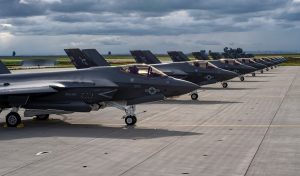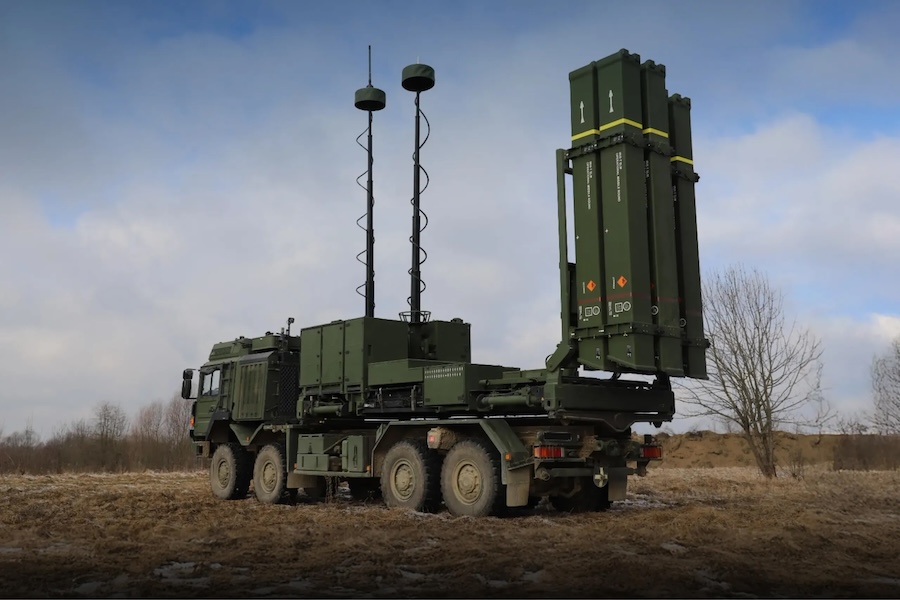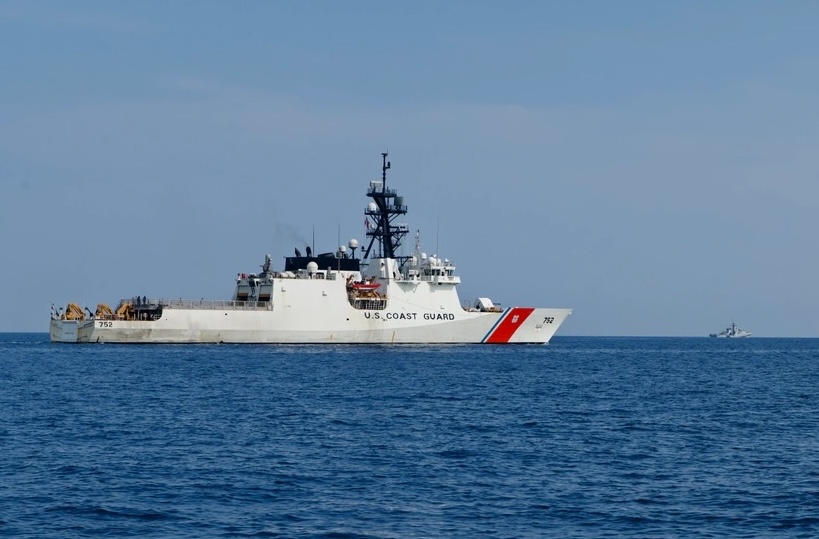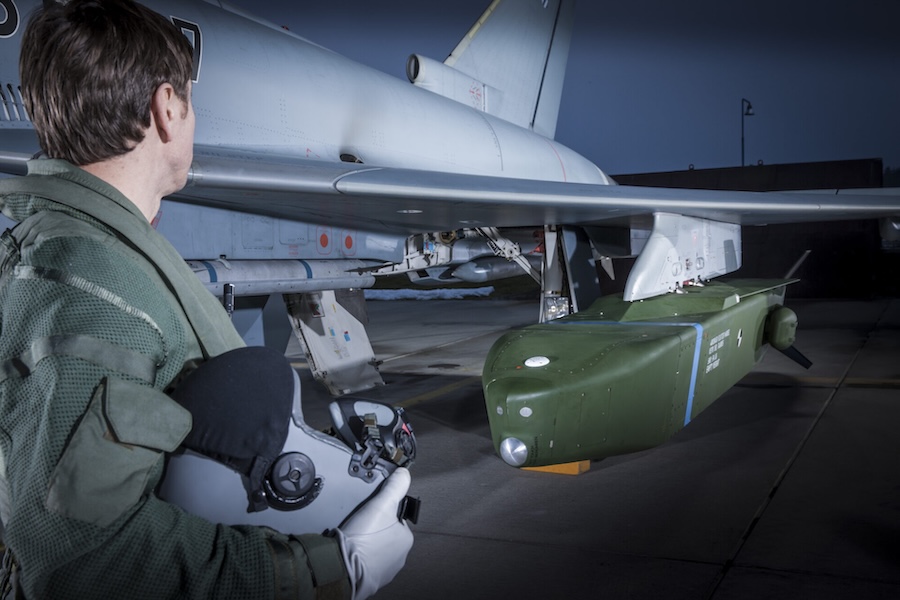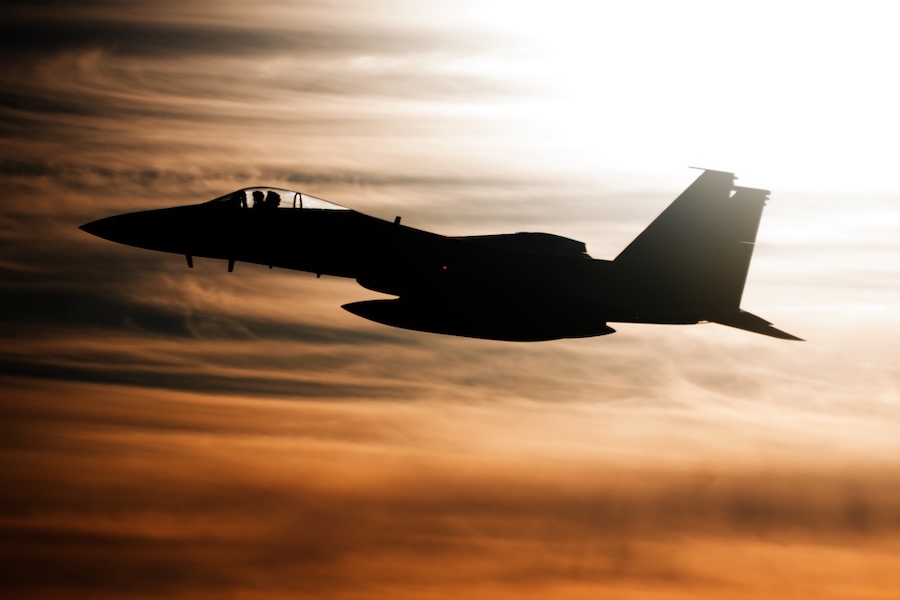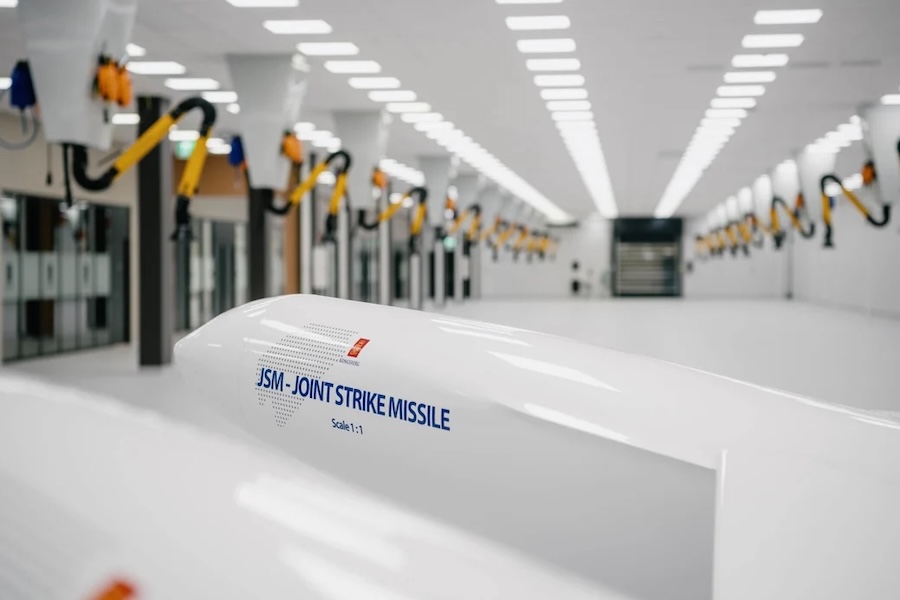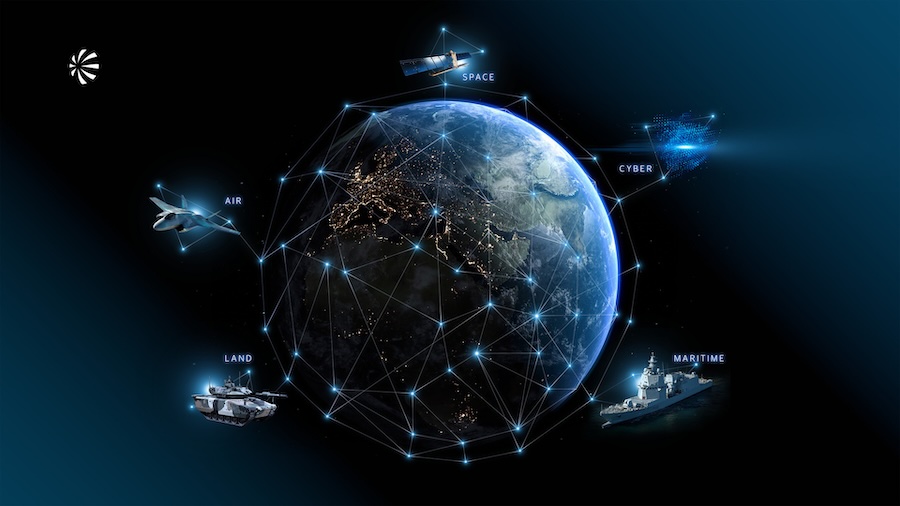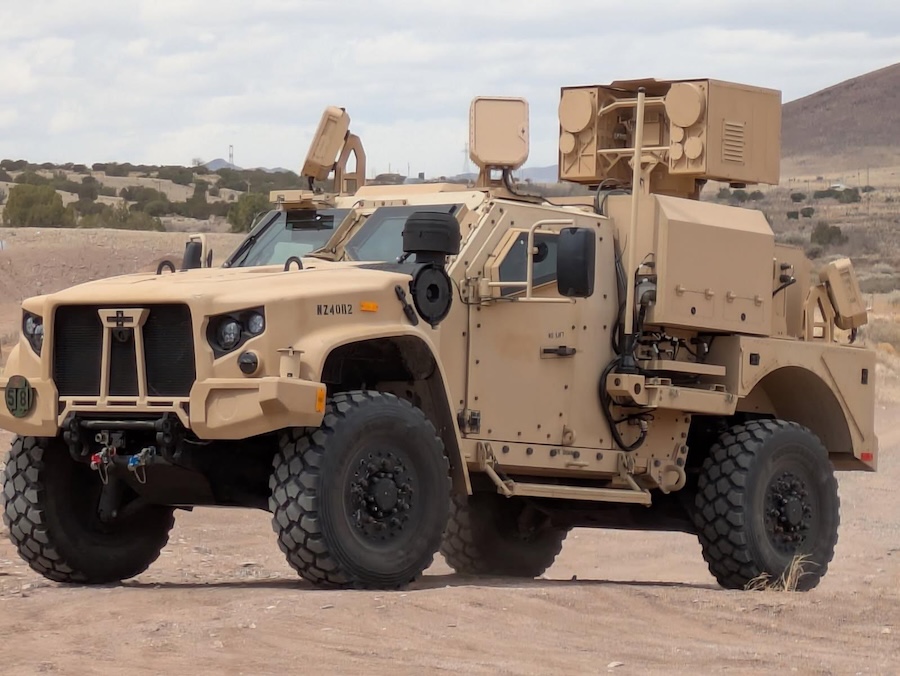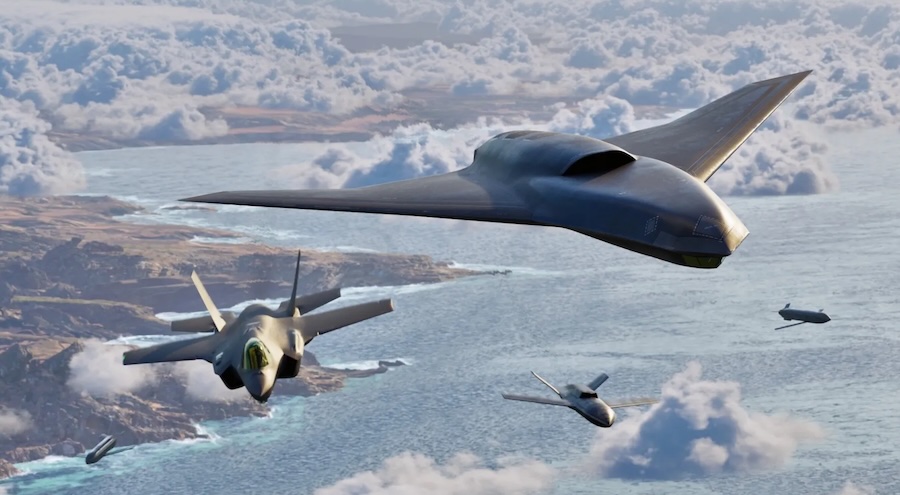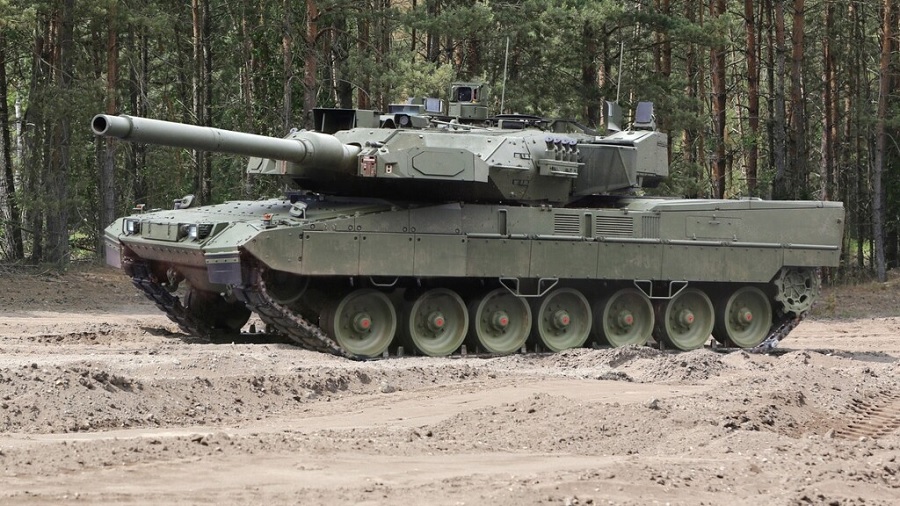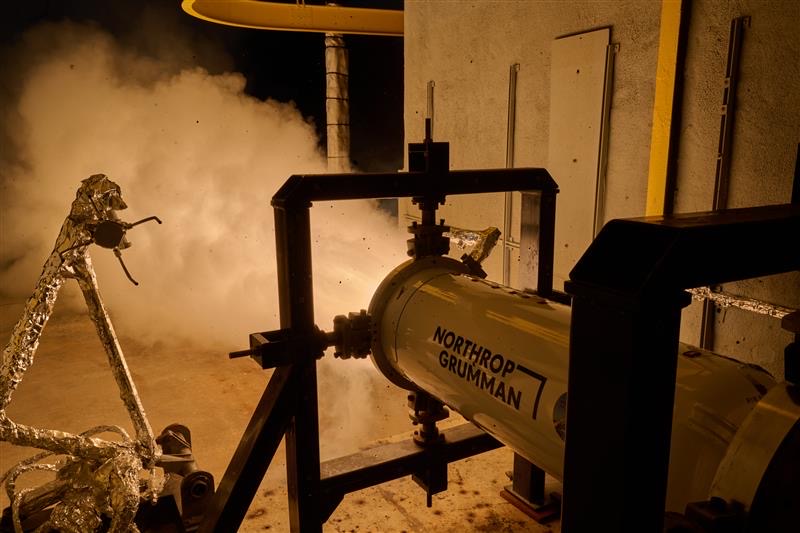The expanded SES network includes approximately 90 geostationary (GEO) and nearly 30 medium earth orbit (MEO) satellites, with strategic access to low earth orbit (LEO) capabilities. It also covers a broad spectrum of frequencies, including C-, Ku-, Ka-, Military Ka-, X-band, and Ultra High Frequency, supported by a global ground infrastructure.
“Today, we’re not just merging two companies — we’re creating a stronger company, built for the future. I want to extend a warm welcome to all new employees, customers, and partners,” said SES CEO Adel Al-Saleh, highlighting the significance of the merger.
With pro forma combined revenue projected at €3.7 billion and adjusted EBITDA of €1.8 billion, SES anticipates sustained growth at a mid-single digit CAGR from 2024 to 2028, including synergies. The company also expects to generate over €1 billion in adjusted free cash flow by 2027–2028, backed by a contract backlog exceeding €8 billion.
SES plans to invest an average of €600–€650 million annually in capital expenditure from 2025–2028, excluding the IRIS2 programme. These investments will focus on network development and emerging markets such as IoT, direct-to-device services, inter-satellite links, space situational awareness, and quantum key distribution.
“Our focus is clear: to grow, to lead in high-potential markets, and to shape the future of our industry,” Al-Saleh added. “This is a long-term play, and we are building with the future in mind — growing year after year, expanding our capabilities, and creating lasting value for our customers and shareholders alike.”
The integration is expected to deliver synergies with a net present value of €2.4 billion, with 70% of the expected €370 million annual run rate savings to be realised within three years. These efficiencies will come from streamlining operations, reducing capacity costs, enhancing procurement, and integrating satellite fleets and ground systems.
SES will retain its headquarters in Luxembourg and continues to be publicly listed on the Paris and Luxembourg stock exchanges under the ticker SESG. It will also maintain a strong presence in the United States, with its North American base in McLean, Virginia.









